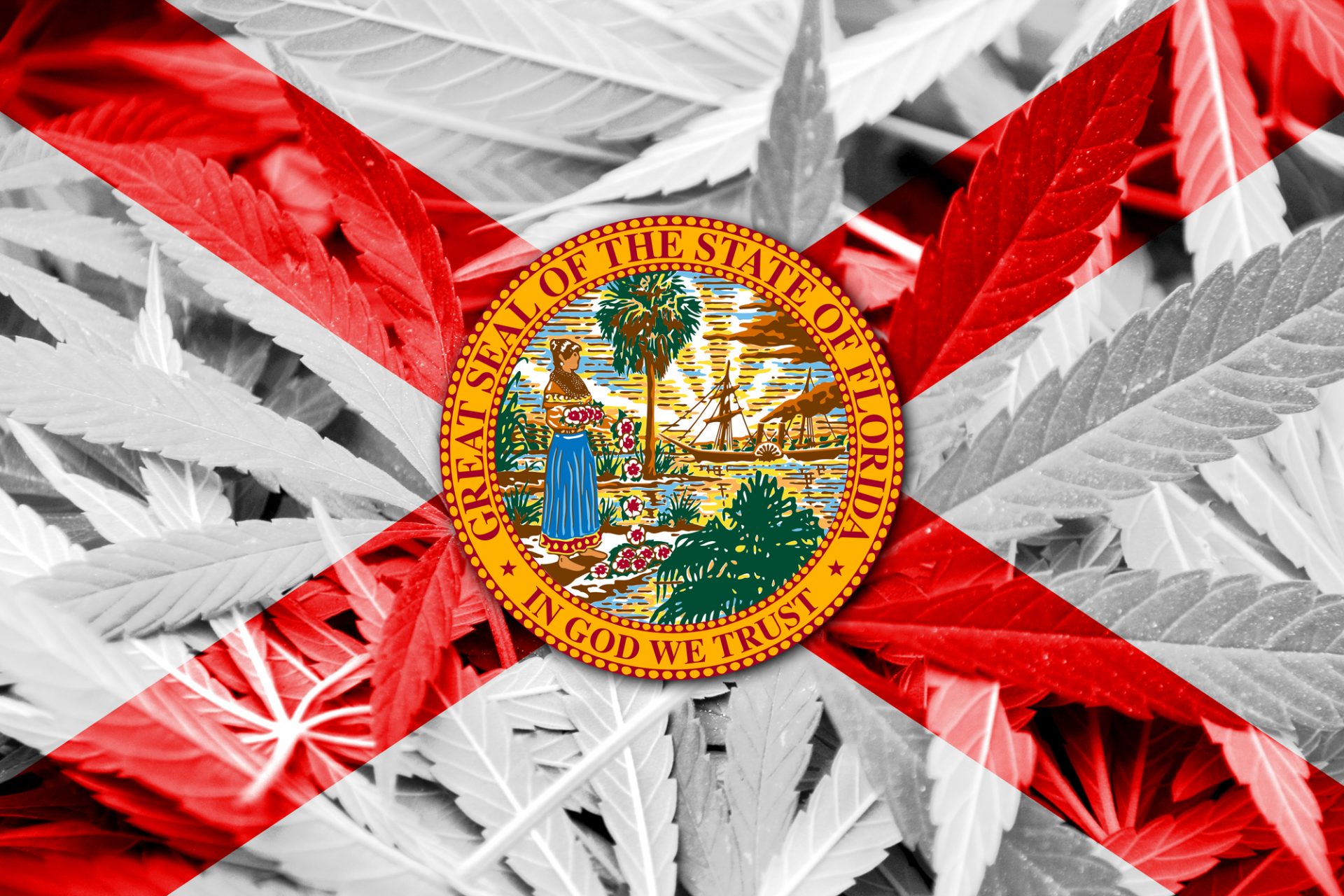My name is Robert Roundtree and I run multiple digital assets from websites to social media pages, and that allows me to collect and analyze vast amounts of data about Florida’s medical cannabis program. When going through the data some trends begin to emerge about the program and what a typical medical cannabis patient looks like in the Sunshine State. The trends stand in stark contrast to the rhetoric we continue to hear from the many politicians and some medical health professionals.
Typical Patient
The typical Florida patient is nothing like the stereotype we hear about from the prohibitionists. By most measures, the average Florida medical cannabis patient is 55 plus with an above average income and education level. When comparing internal data of the pages and websites managed to input from MMTC’s and doctors, there is little difference in the average patient Florida. The tales of red-eyed stoners increasing crime and bringing down property values is something taken directly from reefer madness. Fear tactics were used about the patients and medical cannabis doctors that legalizing medical cannabis would bring to Florida.
Doctors
For years leading up to the successful passage of amendment 2, Floridians were fed fear porn about fly-by-night doctors who would be taking advantage of patients. So far there have been relatively few reports of wrongdoing. There are roughly 1,200 actively recommending physicians in Florida and so far no “doc in a box” scenarios at played out. No neon signs screaming “GET POT CARD HERE!” What Florida does have is some of the most forefront medical minds in the country jumping in feet first to help patients get access to medical cannabis.
Dispensaries
A Las Vegas-esque landscape that Cheech and Chong would gladly move to is not the reality of Florida. The anti-medical cannabis movement in Florida spared no expense to convince the voters that Florida would explode with shady dispensaries on every corner with flashing neon lights. The dispensaries that are opening set the bar for the industry nationwide on how clean and modern they are. I encourage anyone to go to a dispensary if given the chance. You will instantly feel like you’re at a day spa instead of the shady black back-alley vision spread by the likes of Mel Sembler’s organizations.
Job Creation
Florida has already created well over 1,000 high paying jobs working directly for MMTC’s in areas like cultivation, security, retail, delivery, call center, community education, and a host of other careers. Based upon compiling publicly available data on company websites and job boards, the average entry level job in cannabis in Florida is $12. Positions in supervisory roles with experience or commanding upwards of $100,000. Trulieve, a Florida MMTC, has over 50 jobs listed on their careers page and well over 500 employees with new hires brought on daily. Wage increases and lower unemployment are contributing factor to a reduction in crime. In Quincy, Florida there have been multiple restaurant openings since Trulieve opened their headquarters there.
Crime Reduction
Opponents of legal medical cannabis often try to associate legal sales with an increase in crime. So far in Florida there has been zero increase in crime associated with implementation of the MMJ law. This is not expected to change based on findings from the more than two dozen other states with legal MMJ. While defeating a dispensary ban in Apopka, one of the representatives pointed out that the only time an increase in crime has been associated with dispensaries is when they closed down. This has to infuriate those who would have voters believe otherwise. The societal impacts of legal cannabis are often framed in a negative light by politicians or used as a way to justify being overly cautious. I cannot tell you how many times I have heard “unintended consequences” as a reason to not implement the will of the people. So far the unintended consequences have been in favor of medical cannabis.
Societal Impacts
Crime goes down, wages go up, unemployment goes down, revenue goes up, opioid overdoses go down, liabilities to Medicare and Medicaid go down, prescription pill use goes down, school funding goes up . These are the unintended consequences that data collected his revealed. These sound horrible, don’t they? Often it’s hard to look past all the delays, and corruption around the medical marijuana program, but by all measures it’s firing on all cylinders and thousands now have safe legal access to natures miracle.
Conclusion
Florida has jumped to a record-breaking start of patient enrollment with a faster adoption rate than any other program in U.S. history. In April we saw the registry climb to over 100,000 patients, triggering more licenses in retail locations for MMTCs as Florida strives to consume more than half the MMJ market nationwide by 2020. Most projections put that market at $2 billion and the Sunshine State is well on pace to hit that mark.





